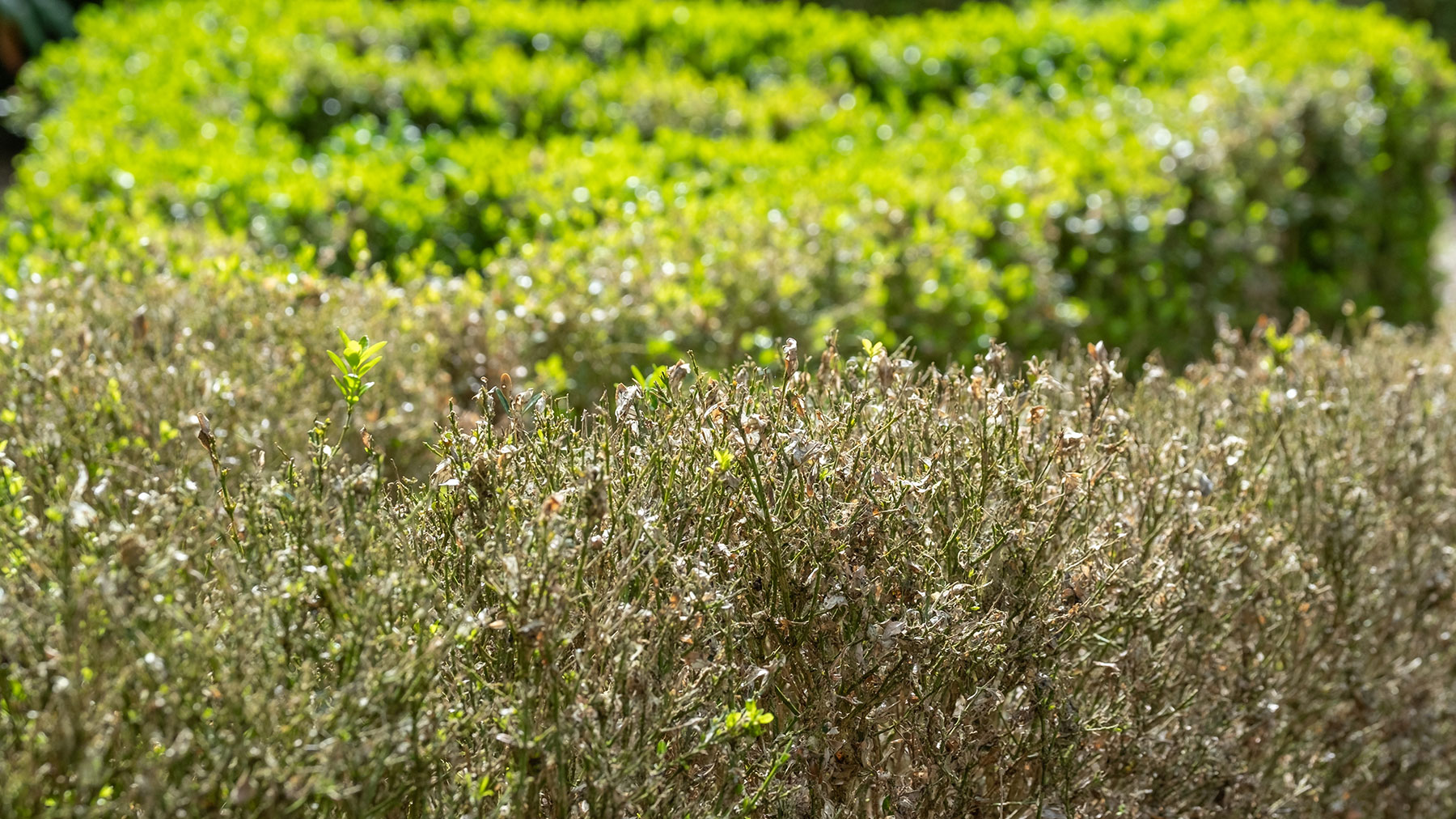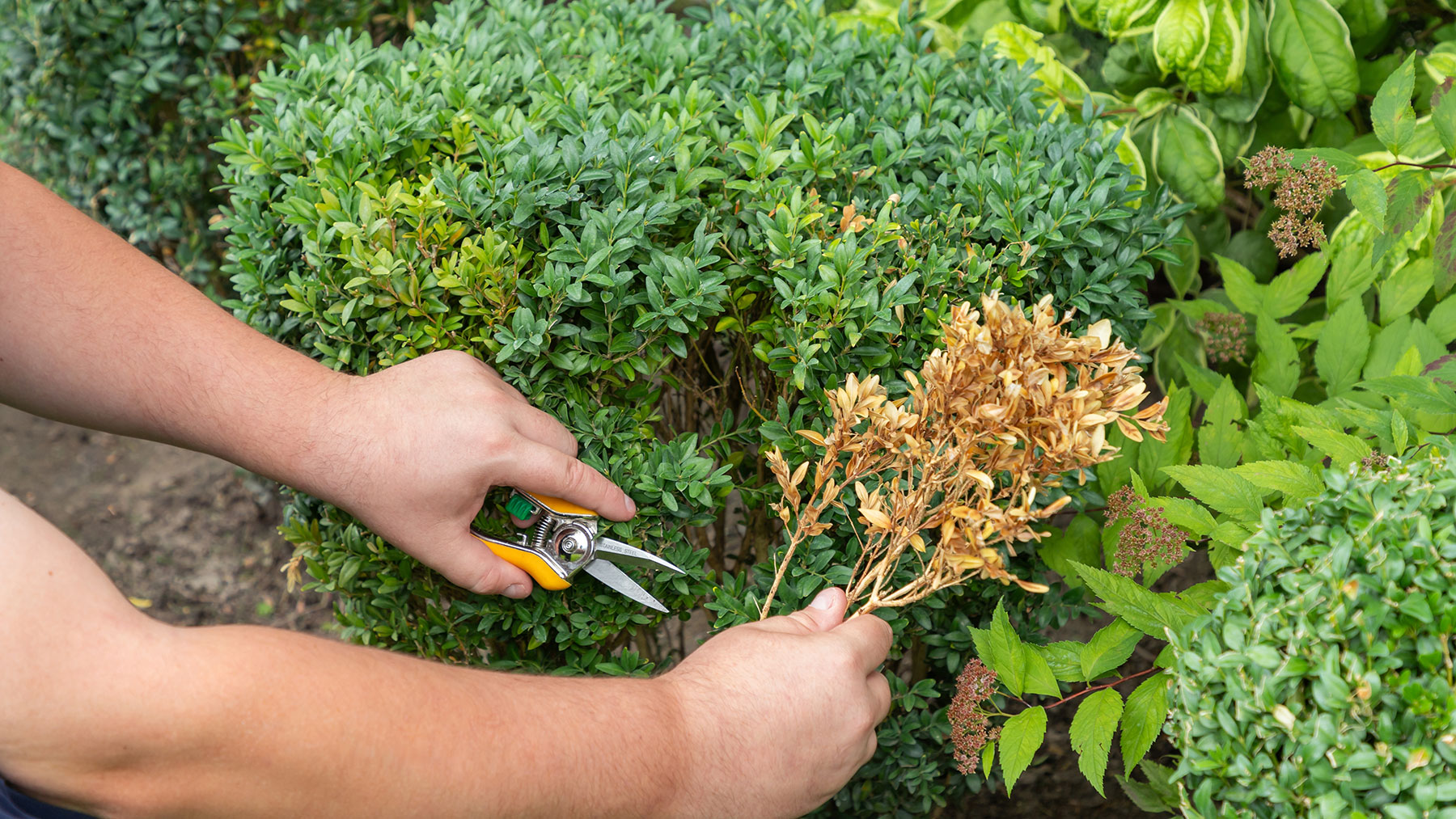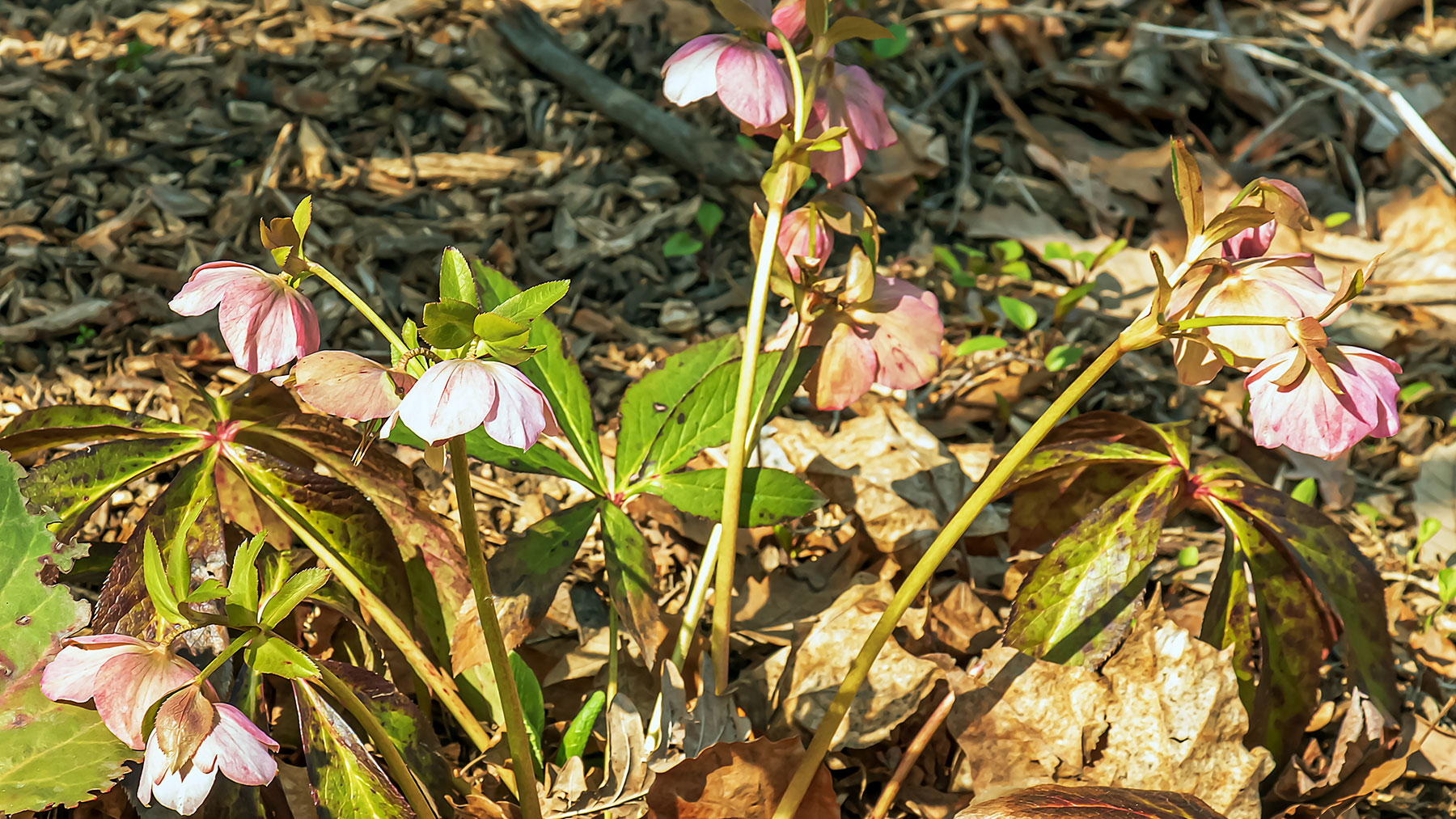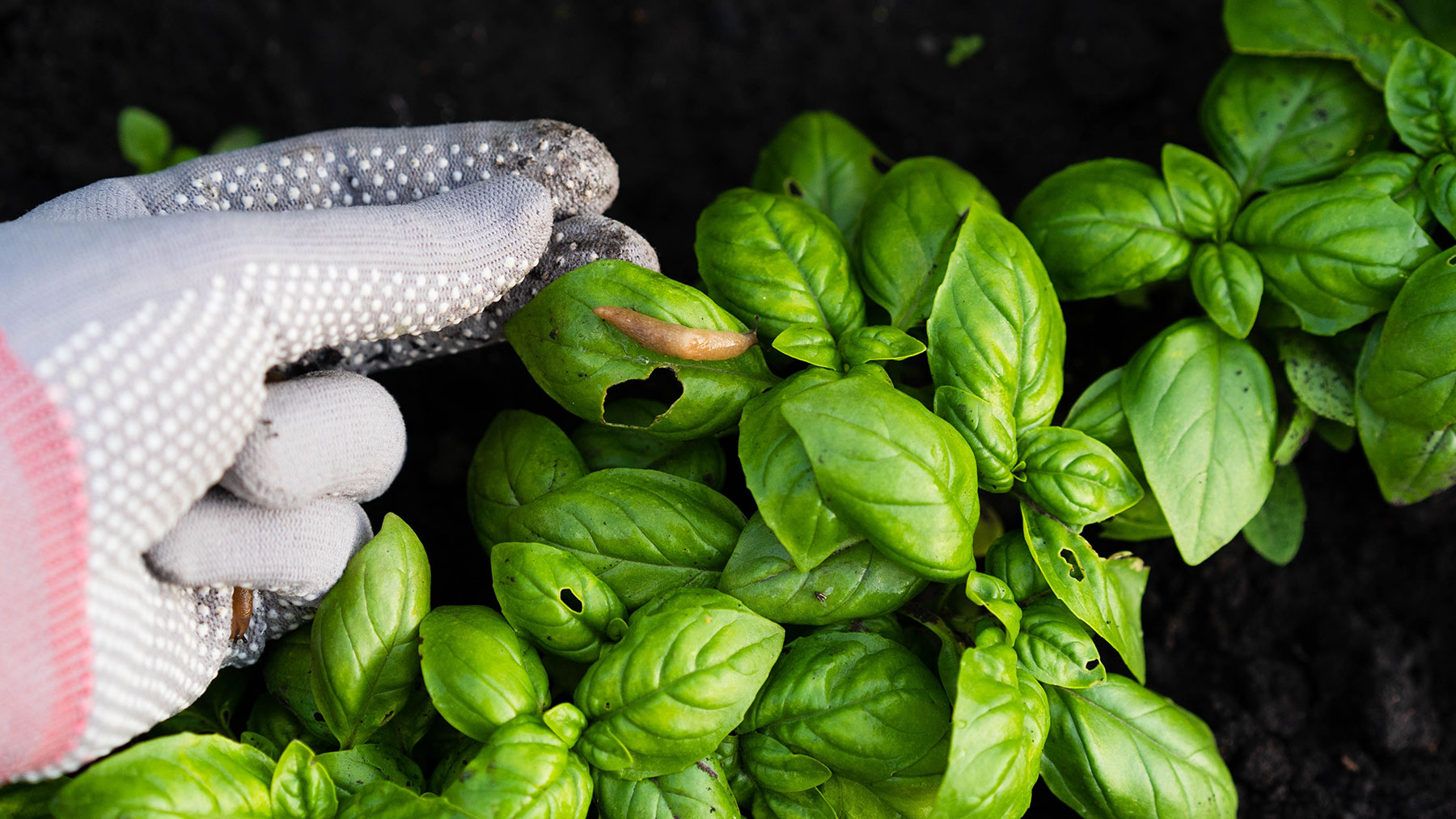
Gardens come into their own in June. The warmer weather makes it a pleasant time to get outside and enjoy the hard work you’ve put into your garden, along with the opportunity to take in the fresh air and sunshine.
I appreciate the early mornings, where I sit on my garden bench with my first coffee of the day, spot new flower buds emerging, delight in seeing my zucchini grow, and watch birds swooping down for a drink and a splash in my bird bath.
However, sometimes, all is not well in the garden. Those plants that you have spent time tending to can quickly become infested with disease or damaged by garden pests. To ensure your precious time doesn't go to waste and your plants stay healthy all summer, we spoke to Jamie Shipley, gardening expert and managing director of Hedges Direct, to find out his tips on the three most common garden problems to look out for in June.
1. Box blight

Boxwood is a slow-growing shrub that looks neat as a traditional hedge and looks beautiful when used for topiary. However, it can succumb to box blight, which doesn’t kill the plant but can make it look unsightly and far from the tidy and compact shrub we’ve come to love.
According to the Minnesota Department of Agriculture, box blight was first found to occur in the US in 2011 and has since spread to 25 states. It can be devastating for gardeners who have spent time carefully maintaining and trimming their box hedges to find them ruined by the disease, as I experienced when box blight hit my neighborhood a couple of years ago. Although I don’t have boxwood in my garden, many of my neighbors’ once lush-looking and carefully manicured hedges turned into patchy hedges with damaged leaves.
Shipley explains that box blight is caused by a fungal infection that results in large parts of the plant dying off. However, he says, “Correct maintenance during the summer can reduce the chances of a breakout in fall.”
To help prevent box blight, Shipley advises, “Clip your box plants less regularly to discourage dense foliage.” Taking this action will help improve ventilation throughout the plants.
“Clip your box plants less regularly to discourage dense foliage”
“Keeping your plant’s foliage dry can also help to reduce the risk of blight,” and he advises watering at the base of the plant rather than overhead.
“Applying a bark or compost mulch can also help to reduce rain splash, helping to keep your plants drier,” he adds.
As with any infected plants, he recommends removing and isolating the affected parts to prevent box blight from spreading to your other plants. This can be done by using a pair of pruning shears to remove the damaged parts of the shrub. However, as when removing any damaged or diseased parts, always clean your pruning shears once you've finished to avoid spreading disease.
“It’s also worth isolating newly bought box plants for around four weeks before introducing them to the garden to make sure there are no signs of blight,” Shipley adds.
2. Hellebore leaf spot

Hellebores are an attractive perennial with evergreen foliage and delicate flowers with rose-like blooms. They are also one plant that will survive in the shade, making them perfect if your garden doesn’t get full sun or if you’re looking for a plant to position beneath a shady tree.
However, these plants are susceptible to a common fungal infection known as hellebore leaf spot, which causes brown dead patches on the leaves, stems, and flowers. As gardeners, we know prevention is better than cure, so what can we do to stop them from becoming infected?
Shipley advises, “You can help prevent this by staying on top of weeds and ensuring good airflow around your hellebores.”
But if you’ve left it too late and your hellebores are already infected, he advises removing the infected parts immediately to stop the infection from spreading.
He adds, “Always dispose of affected materials away from the plant, somewhere the fungal spores can’t spread.”
3. Slugs and snails

Slugs and snails feed on a large variety of garden plants, including fruit and vegetables and ornamentals. However, although they don’t like direct sunlight or dry heat they love moist or wet environments, which can be a particular problem in June after rainfall.
He explains that old leaves dragging on the ground, dead plant matter on the soil’s surface and unruly lawns will all provide good ground cover for slugs and snails. And although they’ll happily munch through decomposing plant material, they prefer to dine on young, tender plant growth.
“Regular applications of nematodes can help, but it is costly,” says Shipley, “and slug pellets should be avoided at all costs as these can kill hedgehogs and birds.”
As an alternative, he suggests burying beer traps in your garden beds. Although this is a cheap method, it will need to be maintained regularly.
I go on a nightly slug and snail hunt and carefully remove any of these pests from my plants. I find they particularly like my ferns which I plant in containers, where I often find them attached to the inner side of the pots. After removing them, I place them in an empty pot at the back of my garden, away from their favorite treats. Although, in the past, when I’ve placed the container closer to where I’ve found them, they’ve made their way back.
According to Shipley, this is due to their homing instinct, which works over approximately 65 feet. “If you have a rainy day, go out in the evening to collect them and move them to somewhere over 65 feet away.”







